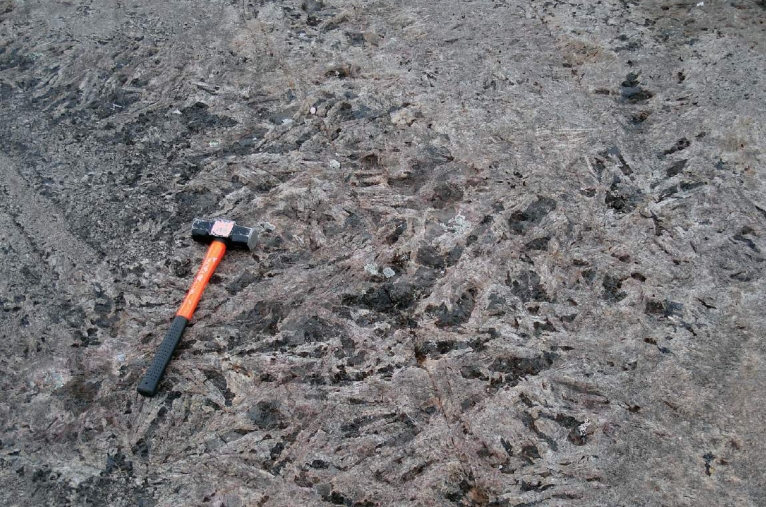Earth’s Dynamic Forces
The Earth’s landscape is constantly changing due to various geological forces at work. One of the most powerful of these forces is diastrophic volcanic and plutonic activity.
Diastrophic forces refer to the movement of the Earth’s crust, which can result in the formation of mountains, valleys, and other landforms. Volcanic activity, on the other hand, occurs when magma from the Earth’s mantle rises to the surface, leading to the formation of volcanoes and volcanic landscapes. Plutonic activity involves the cooling and solidification of magma beneath the Earth’s surface, resulting in the formation of igneous rocks and plutonic landforms.
The Power of Diastrophic Forces
Diastrophic forces play a crucial role in shaping the Earth’s landscape. The movement of tectonic plates can lead to the formation of mountains, valleys, and faults. For example, the Himalayas, the tallest mountain range in the world, were formed as a result of the collision between the Indian and Eurasian tectonic plates.
Diastrophic forces can also create rift valleys, such as the Great Rift Valley in East Africa. This valley was formed by the movement of the African and Arabian tectonic plates away from each other, resulting in the formation of a deep valley with steep walls.
The Impact of Volcanic Activity
Volcanic activity is another powerful force that shapes the Earth’s landscape. When magma reaches the surface, it can create volcanic landforms such as shield volcanoes, stratovolcanoes, and calderas. For example, the Hawaiian Islands were formed by the eruption of underwater volcanoes, which built up layers of volcanic rock over time.
Volcanic activity can also lead to the formation of igneous rocks, which are important building blocks of the Earth’s crust. These rocks are formed when magma cools and solidifies either beneath the Earth’s surface (plutonic rocks) or at the surface (volcanic rocks).
The Influence of Plutonic Forces
Plutonic forces also play a significant role in shaping the Earth’s landscape. When magma cools and solidifies beneath the Earth’s surface, it can form massive bodies of igneous rock known as plutons. These plutons are often exposed through erosion, revealing intricate patterns and structures that provide clues about the Earth’s geological history.
One famous example of plutonic activity is the formation of granite batholiths, such as the Sierra Nevada Batholith in California. These massive formations were created over millions of years as magma cooled and solidified beneath the Earth’s surface, forming a solid core of granite rock.
In conclusion, diastrophic volcanic and plutonic forces are powerful agents in shaping the Earth’s landscape. From the formation of mountains and valleys to the creation of volcanic landforms and igneous rocks, these forces have a profound impact on the geology and topography of our planet. Understanding and studying these forces is essential for gaining insights into the Earth’s complex and dynamic geological processes.

